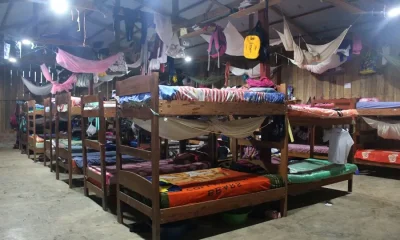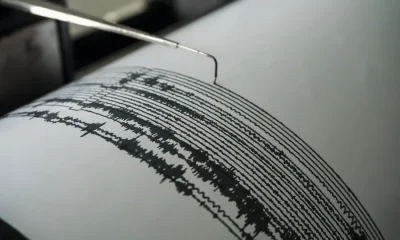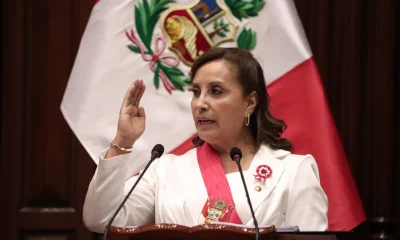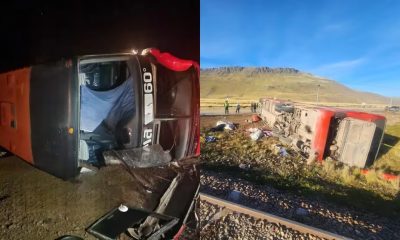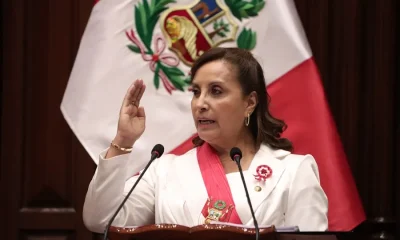International
As Peru unrest ebbs, stranded tourists make way to safety
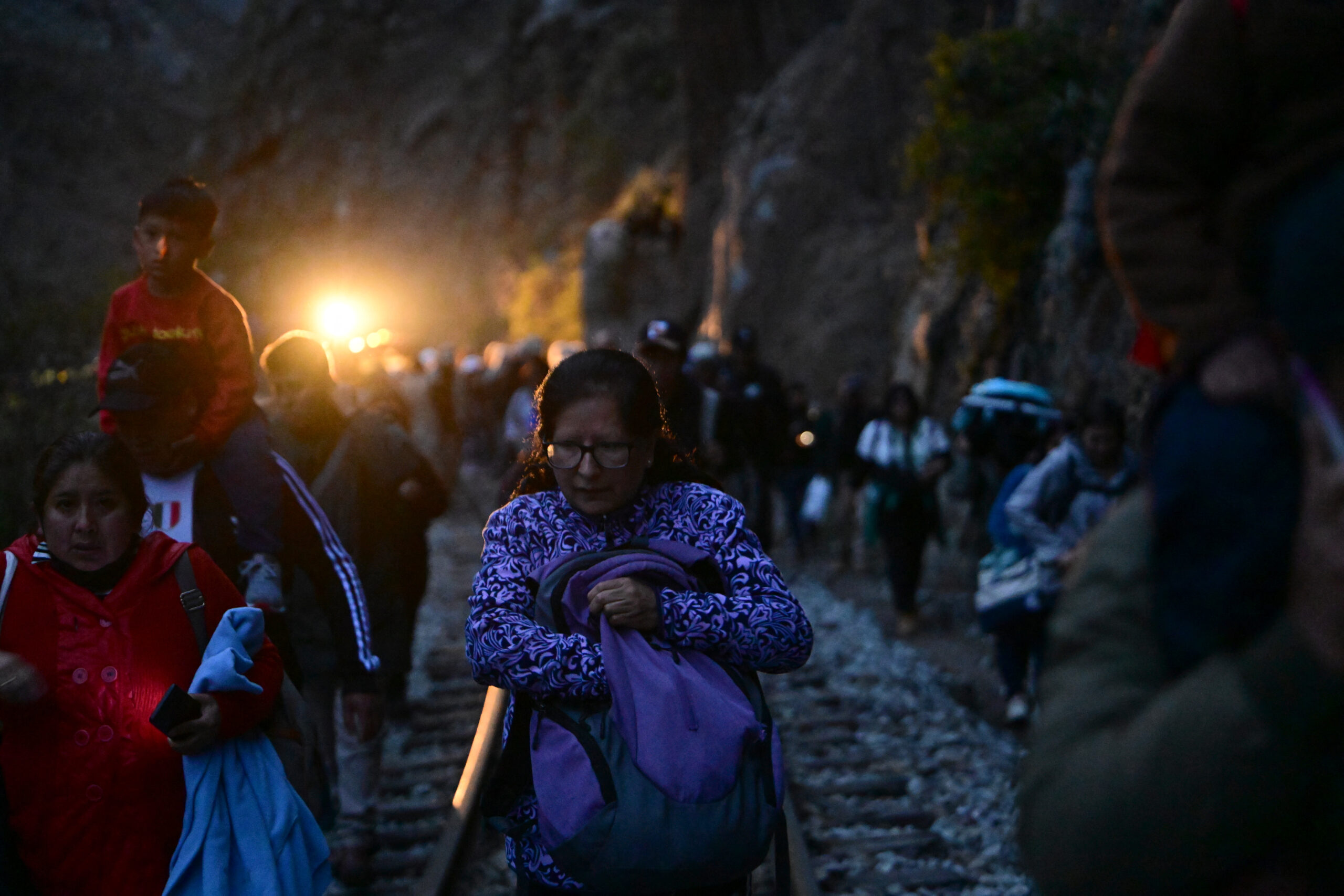
| By AFP | Carlos Mandujano and Moisés Ávila |
Protests dwindled in intensity in Peru on Saturday and thousands of tourists trapped in the interior boarded planes to escape unrest as President Dina Boluarte again vowed that she would not step down.
Some 4,500 tourists, many of them European and North American, rushed to the international airport in Cusco to catch flights after being stranded much of the week by simmering political unrest.
“By Sunday at the latest, all the stranded tourists will leave,” Tourism and Commerce Minister Luis Fernando Helguero told the Andina state news agency.
The state human rights ombudsman reported 70 roadblocks around the South American nation, and the toll from the unrest rose to 19 dead and 569 injured.
But the minister of defense and the head of the armed forces both said protests were diminishing in intensity.
“We have gradually been recovering normality along the roads, at the airports, in the cities. Normality is returning but it is not yet achieved,” said General Manuel Gomez de la Torre, head of the military joint chiefs of staff.
Defense Minister Alberto Otarola cautioned that “organized violent acts” were aimed at damaging airports, highways, natural gas pipelines and hydroelectric installations.
“The trend is downward. But we remain on alert. The situation of violence hasn’t passed and the crisis goes on,” Otarola said.
‘What is solved by my resignation?’
Boluarte, the lawyer who assumed the reins of the country December 7 after leftist President Pedro Castillo tried to dissolve Congress and rule by decree, only to be ousted and thrown in jail, again insisted that she would not bend to protesters and step down.
“What is solved by my resignation? We will be here, firmly, until Congress determines to bring forward the elections,” Boluarte told Peruvians.
On Friday, House speaker Jose Williams said the vote on the election schedule could be revisited during a forthcoming session of Congress.
In her televised address, Boluarte expressed regret for the protests that swelled across the country and the deaths, most of which came in clashes with security forces including the military, under a state of emergency.
If armed troops were on the streets, “it has been to take care of and protect” Peru’s citizens, Boluarte said, adding that the protests were “overflowing” with violent elements that were coordinated and not spontaneous.
“These groups did not emerge overnight. They had tactically organized to block roads,” she said.
Protesters are calling for the release of Castillo, the resignation of Boluarte and closure of Congress, and immediate general elections.
Initially detained for seven days, Castillo was on Thursday ordered to spend 18 months in pretrial detention.
The leftist former schoolteacher stands accused of rebellion and conspiracy, and could be jailed for up to 10 years if found guilty, according to public prosecutor Alcides Diaz.
Boluarte declared a 30-day nationwide state of emergency and said she wanted to bring forward elections as a way to calm the uproar, but Friday’s measure fell short of passage in Congress.
Tourists in limbo
Several airports have been closed, but the international terminal in Cusco, the gateway city to the jewel of Peruvian tourism, the Inca citadel of Machu Picchu, managed to reopen on Friday, allowing for some 4,500 stranded tourists to begin boarding outbound flights.
Cusco’s airport is the third largest in Peru, and armed soldiers were seen Saturday standing guard outside.
Protesters tried to storm the terminal on Monday, and the airport remained closed for nearly four days.
Good news also came Saturday to some 200 tourists stranded in a town in the deep valley below Machu Picchu. They were able to board a train and travel as far as Piscacucho, where a boulder blocked the railway.
The tourists, many from Europe and North America, then walked two kilometers (a little more than a mile) to where waiting vehicles took them on to Cusco, AFP learned.
Rail service to Machu Picchu had been suspended since Tuesday.
‘Criminal investigation’ needed
Some of the greatest bloodshed of the week occurred Thursday at the airport in Ayacucho, where soldiers protecting the terminal shot at protesters.
Soldiers “found themselves surrounded with the masses closing in,” rights ombudsman Eliana Revollar told AFP.
The army says its soldiers would have first raised their weapons and then fired into the air, but Revollar said shots were fired at protesters and an investigation is warranted.
International
Former South Korean President Yoon sentenced to five years in prison

Former South Korean president Yoon Suk-yeol was sentenced on Friday to five years in prison for obstruction of justice and other charges, concluding the first in a series of trials stemming from his failed attempt to impose martial law in December 2024.
The sentence is shorter than the 10-year prison term sought by prosecutors against the 65-year-old conservative former leader, whose move against Parliament triggered a major political crisis that ultimately led to his removal from office.
Yoon, a former prosecutor, is still facing seven additional trials. One of them, on charges of insurrection, could potentially result in the death penalty.
On Friday, the Seoul Central District Court ruled on one of the multiple secondary cases linked to the affair, which plunged the country into months of mass protests and political instability.
International
U.S. deportation flight returns venezuelans to Caracas after Maduro’s ouster
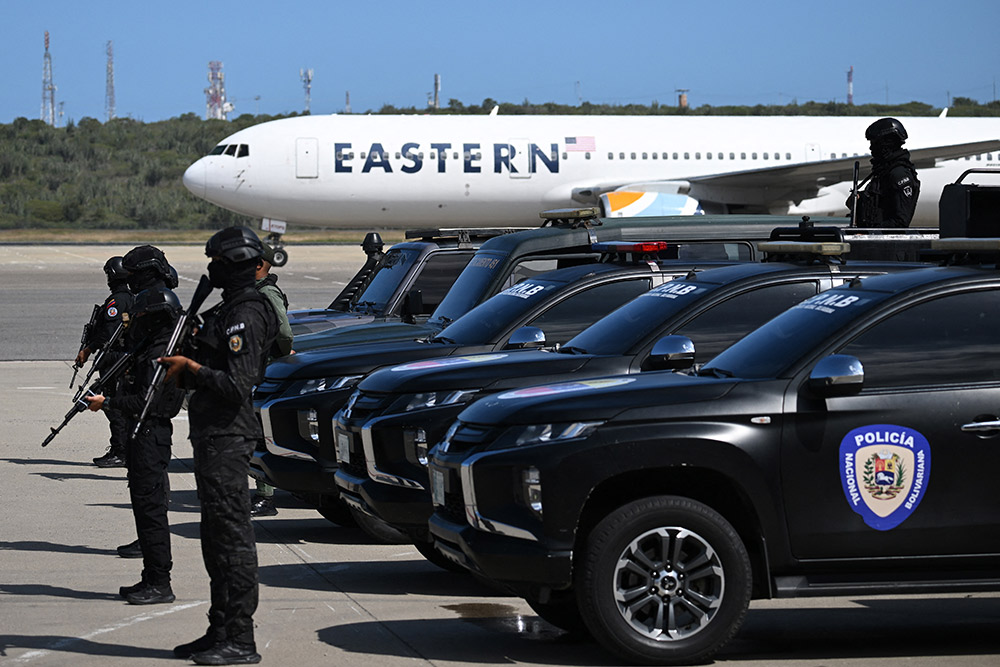
A new flight carrying 231 Venezuelans deported from the United States arrived on Friday at the airport serving Caracas, marking the first such arrival since the military operation that ousted and captured President Nicolás Maduro.
On January 3, U.S. forces bombed the Venezuelan capital during an incursion in which Maduro and his wife, Cilia Flores, were captured. Both are now facing narcotrafficking charges in New York.
This was the first U.S.-flagged aircraft transporting migrants to land in Venezuela since the military action ordered by President Donald Trump, who has stated that he is now in charge of the country.
The aircraft departed from Phoenix, Arizona, and landed at Maiquetía International Airport, which serves the Venezuelan capital, at around 10:30 a.m. local time (14:30 GMT), according to AFP reporters on the ground.
The deportees arrived in Venezuela under a repatriation program that remained in place even during the height of the crisis between the two countries, when Maduro was still in power. U.S. planes carrying undocumented Venezuelan migrants continued to arrive throughout last year, despite the military deployment ordered by Trump.
International
Sheinbaum highlights anti-drug gains after U.S. says challenges remain

Mexican President Claudia Sheinbaum on Friday highlighted her government’s achievements in the fight against drug trafficking, after the United States said challenges remain in combating organized crime.
On Thursday, Mexican Foreign Minister Juan Ramón de la Fuente held talks with his U.S. counterpart, Secretary of State Marco Rubio. Following the meeting, the U.S. State Department said in a statement that “despite progress, challenges still exist” in addressing organized crime.
“There are very strong results from joint cooperation and from the work Mexico is doing: first, a 50% reduction in fentanyl seizures at the U.S. border,” Sheinbaum said during her regular morning press conference.
The president also said that authorities have seized nearly 320 tons of drugs and that there has been a “40% decrease in intentional homicides in Mexico” since the start of her administration on October 1, 2024.
Sheinbaum added that the United States should implement campaigns to reduce drug consumption within its territory and curb the flow of weapons into Mexico.
“There are many results and there will be more, but there must be mutual respect and shared responsibility, as well as respect for our sovereignties,” she said.
On Monday, Sheinbaum held a phone call with U.S. President Donald Trump to discuss security issues. She said she once again ruled out the presence of U.S. troops in Mexico to fight drug cartels.
Security has been a recurring issue used by Trump to threaten tariffs on Mexico and to pressure negotiations over the USMCA (T-MEC) free trade agreement, which are scheduled for 2026.
The agreement is crucial for Mexico’s economy, as about 80% of the country’s exports are destined for the United States.
-

 International5 days ago
International5 days agoDeadly van accident near Brazil border leaves 11 dead in Bolivia
-

 Central America5 days ago
Central America5 days agoU.S. and El Salvador maintain close partnership, embassy says
-
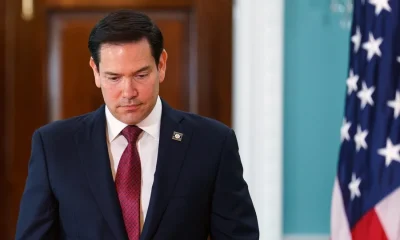
 International5 days ago
International5 days agoU.S. to host Danish and Greenlandic Foreign Ministers at the White House
-
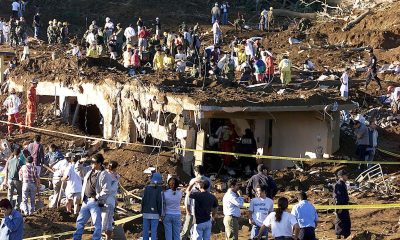
 Central America5 days ago
Central America5 days agoTaiwan’s $10 million donation after 2001 earthquakes allegedly diverted in El Salvador
-
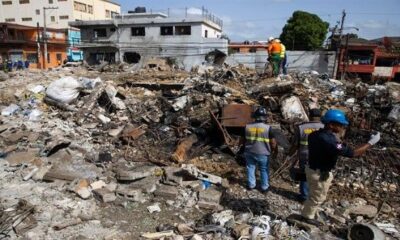
 International5 days ago
International5 days agoDominican court postpones hearing in deadly nightclub collapse case
-

 International5 days ago
International5 days agoPolice hunt gunmen after fatal shooting in Corsica
-

 International5 days ago
International5 days agoEx-President accused of bid to establish dictatorship as verdict nears in South Korea
-

 International5 days ago
International5 days agoVenezuelan opposition leader dedicates Nobel Prize to Trump
-
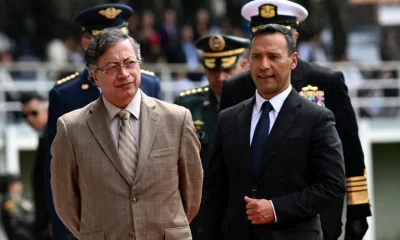
 International4 days ago
International4 days agoColombian Defense Chief Meets U.S. Officials to Advance Bilateral Narcotics Strategy
-

 International3 days ago
International3 days agoUkraine declares nationwide energy emergency amid russian attacks and extreme cold
-

 Central America3 days ago
Central America3 days agoBukele warns crime can become a ‘parallel government’ during visit to Costa Rica
-

 International3 days ago
International3 days agoIran closes airspace amid U.S. threats and deadly nationwide protests
-

 International3 days ago
International3 days agoX moves to block Grok from creating sexualized images of real people amid legal scrutiny
-

 International3 days ago
International3 days agoHillary Clinton skips Epstein inquiry as house panel threatens contempt charges
-

 International3 days ago
International3 days agoFrance joins Denmark’s ‘Operation Arctic Resistance’ in Greenland amid U.S. tensions
-

 International3 days ago
International3 days agoU.S.–Denmark tensions escalate as Trump pushes NATO to back U.S. claim on Greenland
-

 International3 days ago
International3 days agoUK Intelligence estimates russian casualties in Ukraine at over 1.2 million
-

 International4 days ago
International4 days agoPeruvian Court Orders Definitive Dismissal of Money Laundering Case Against Keiko Fujimori
-

 International3 days ago
International3 days agoSwiss Canton of Valais Grants Emergency Aid to Victims of Crans-Montana Bar Tragedy
-
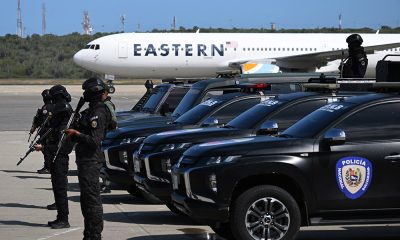
 International17 hours ago
International17 hours agoU.S. deportation flight returns venezuelans to Caracas after Maduro’s ouster
-

 International3 days ago
International3 days agoU.S. to suspend visa processing for applicants from 75 countries
-
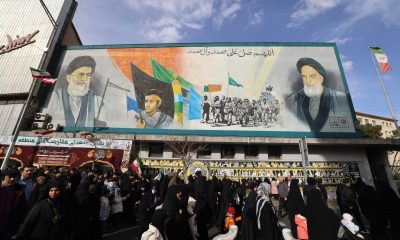
 International1 day ago
International1 day agoCanada accuses Iran of killing its citizen during anti-government unrest
-

 International1 day ago
International1 day agoSheinbaum highlights anti-drug gains after U.S. says challenges remain
-

 International17 hours ago
International17 hours agoFormer South Korean President Yoon sentenced to five years in prison





























